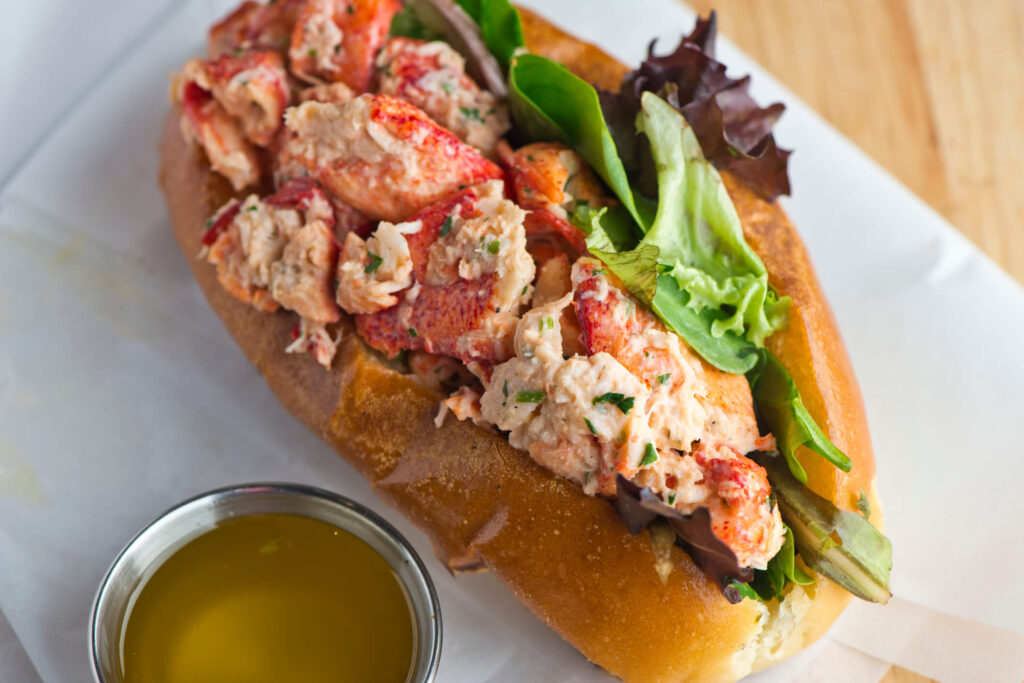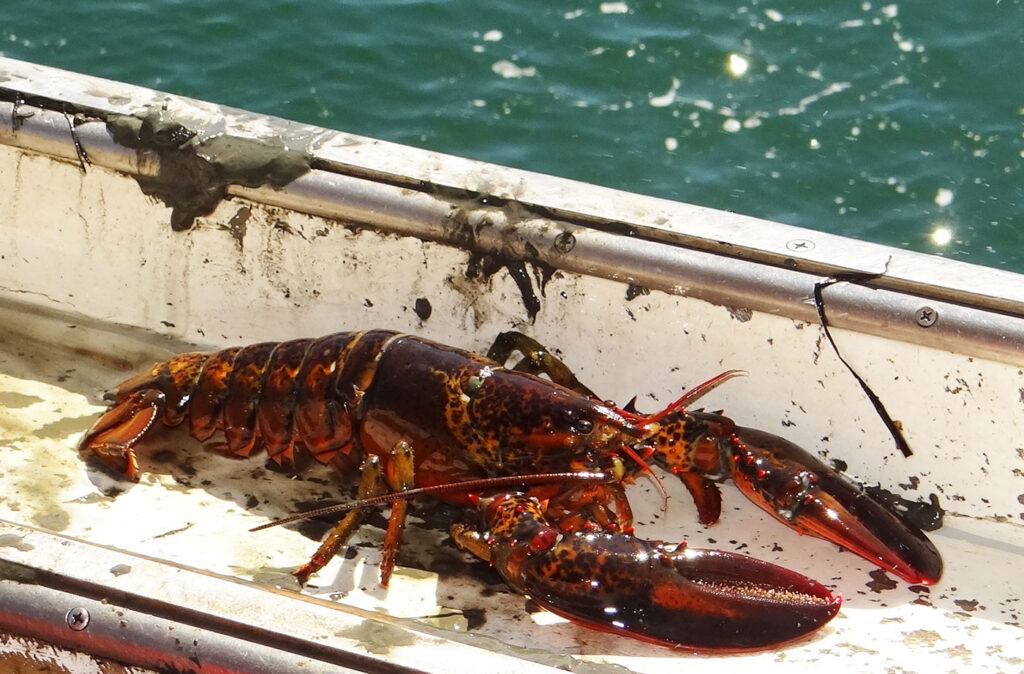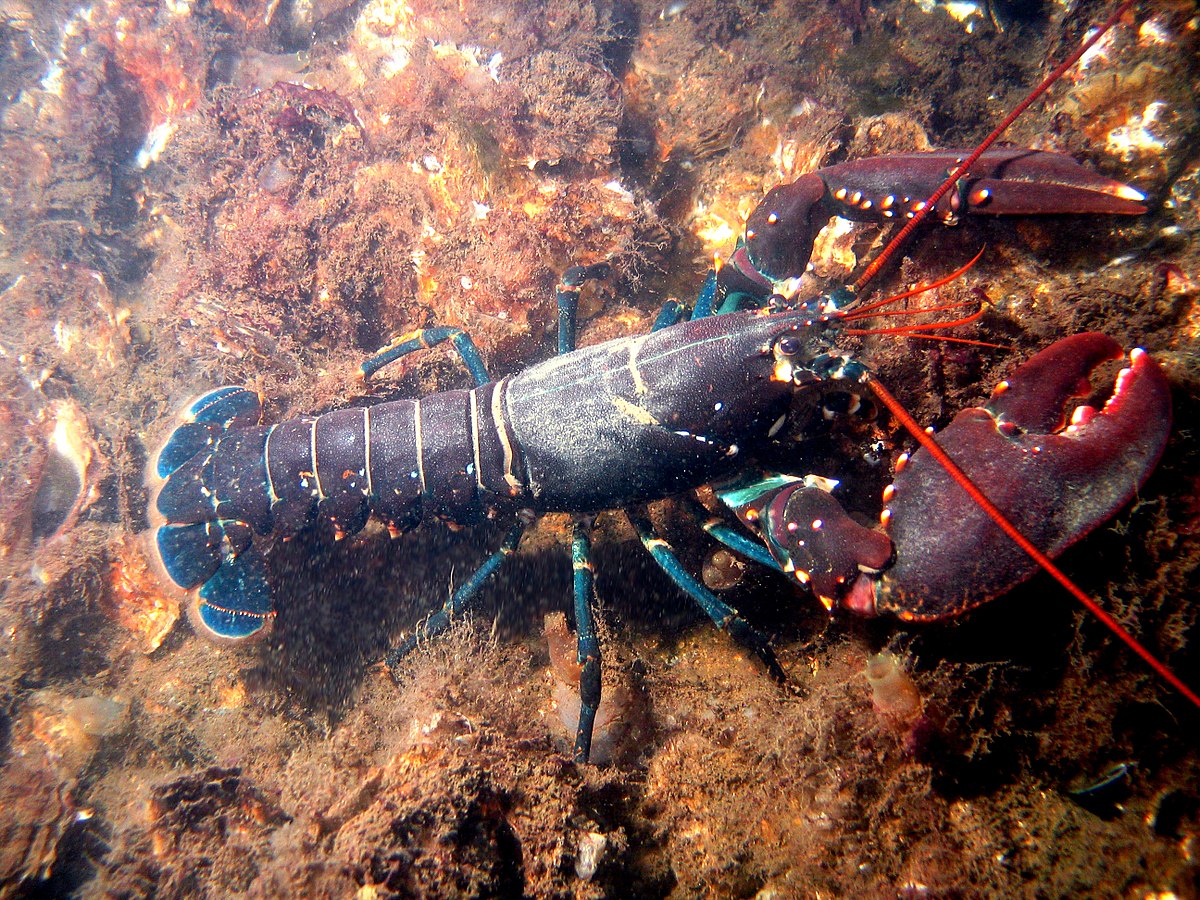The Evolution of Lobsters: From Peasant Food to Gourmet Delicacy
Lobsters, once considered a lowly food reserved for the poor, prisoners, and even fertilizer, have undergone a remarkable transformation to become a symbol of luxury and fine dining. Today, lobster is synonymous with wealth and indulgence, served in some of the world’s most expensive restaurants. But how did a crustacean that was once so abundant and disdained by the upper classes become one of the most coveted and costly foods on the planet?
This blog provides a detailed historical analysis of lobsters as food, tracing their journey from colonial America to modern times. We’ll explore how the perception of lobster changed over the centuries, shaped by social, economic, and culinary trends. Additionally, we’ll discuss the environmental impact of lobster fishing and what the future holds for this once-unwanted sea creature.

I. Lobsters in Early History: Food for the Poor and Prisoners
A. Colonial America: The “Poor Man’s Protein”
- Abundance and Disdain
In the 1600s and 1700s, when European settlers first arrived in North America, lobsters were incredibly abundant along the coastlines of the northeastern United States and Canada. These crustaceans, sometimes growing up to two feet long, would wash up on beaches in massive quantities, particularly after storms. Far from being the gourmet item we know today, lobsters were viewed as a cheap, undesirable food.
In early New England, lobsters were so plentiful that they were often fed to prisoners, indentured servants, and slaves. The abundance of lobster, coupled with its association with these marginalized groups, cemented its reputation as “trash food.” Early settlers even used lobsters as fertilizer for their crops, mixing the shellfish into the soil to enrich the land.
- Legal Protections Against Overfeeding
In some instances, the overuse of lobster as food for the poor became so extreme that laws were passed to prevent the mistreatment of servants. In Massachusetts, contracts for indentured servants included provisions that limited lobster meals to no more than three times a week, reflecting the disdain people had for the crustacean.
B. Native American Use of Lobster
For Native American tribes along the East Coast, particularly the Algonquin and Wabanaki peoples, lobsters were not only a source of food but also an important part of their seasonal fishing and gathering practices. They used lobsters to create seafood stews and paired them with corn and vegetables.
Unlike the European settlers, Native Americans respected the lobster as a valuable food source, harvesting them sustainably. Their methods of cooking lobsters—by roasting them over open fires or steaming them in pits covered with seaweed—are some of the earliest recorded cooking techniques for the crustacean.
II. Lobster’s Rise to Popularity in the 19th Century
A. Canning Technology and the First Lobster Boom
- The Advent of Canned Lobster
In the mid-19th century, lobster began to lose its stigma as a low-class food, in large part due to technological advancements in canning. Factories along the East Coast began canning lobster meat and shipping it to inland markets, where people who had never encountered the crustacean were intrigued by its taste. This new method of preservation allowed lobster to be marketed as a novel food, leading to an increase in demand.
Canned lobster became popular in regions far removed from the coast, particularly in Midwestern states, where seafood was a rarity. This shift in geographic consumption helped change lobster’s perception, transforming it from a regional, undesirable food to a national delicacy.
- Railroads and the Lobster Industry
The expansion of the railroad system in the late 19th century also contributed to the rise of lobster’s popularity. Coastal lobstermen could now ship live lobsters to cities like New York, Philadelphia, and Boston, where wealthy urbanites developed a taste for the once-reviled crustacean. Restaurants in these cities began to serve fresh lobster, further elevating its status as a fashionable dish.

B. Lobster as a Luxury: Gilded Age and Beyond
- Lobster in High Society
By the late 1800s and early 1900s, lobster had shed its reputation as “poor man’s food” and had become a symbol of opulence. During the Gilded Age, lobster was frequently served at elaborate banquets for the wealthy elite, often paired with champagne or fine wine. Restaurants such as Delmonico’s in New York City played a key role in introducing lobster to the upper classes, solidifying its place as a luxury food.
Lobster thermidor, lobster Newberg, and other intricate lobster dishes became staples of fine dining menus across the United States. The newfound prestige of lobster was further reinforced by its rising price, as demand grew and the supply of lobsters in coastal waters began to dwindle.
- The Roaring Twenties and Lobster’s Golden Age
The 1920s saw lobster reach the height of its popularity, as the booming economy allowed more people to indulge in fine dining. Lobster’s reputation as a luxury food reached new heights, and it became a fixture of high-end dining establishments and dinner parties. Even as the Great Depression loomed on the horizon, lobster remained a symbol of indulgence.
III. The Economic Impact of Lobster Fishing
A. The Lobster Industry Today
- A Thriving Global Market
Lobster has since become a multi-billion-dollar industry, with the majority of the world’s lobster supply coming from the cold waters off the coasts of Maine, Canada, and parts of Europe. The industry supports thousands of jobs, from fishermen and processors to distributors and restaurant workers. Lobster is particularly important to the economies of New England and Eastern Canada, where the majority of the world’s lobster is harvested.
According to the Maine Lobster Marketing Collaborative, the lobster industry contributes over $1 billion annually to the state’s economy. In Canada, lobster is one of the most valuable seafood exports, with markets in Europe, the United States, and increasingly, China.
- Challenges and Sustainability Concerns
Despite the lobster industry’s economic success, it faces significant challenges related to sustainability and environmental changes. Overfishing, pollution, and climate change are altering lobster populations. Warming ocean temperatures are causing lobsters to migrate further north, particularly toward Canadian waters, which could have long-term implications for the Maine lobster industry.
To combat these challenges, regulators have implemented strict fishing quotas, size limits, and seasonal restrictions designed to protect lobster populations. Lobstermen in Maine and Canada have also introduced conservation practices, such as returning egg-bearing females to the sea and tagging lobsters to track populations.
B. The Future of Lobster Fishing
- Aquaculture and Lobster Farming
Given the pressures on wild lobster populations, aquaculture may play a role in the future of lobster production. While lobster farming is still in its infancy compared to other seafood industries, there is growing interest in developing sustainable lobster farms. Innovations in lobster hatcheries and farming techniques could alleviate pressure on wild populations and ensure a steady supply of lobster to meet global demand.
- Market Trends: Lobster in Asia
The global demand for lobster, particularly in Asia, has seen dramatic growth in recent years. China, in particular, has emerged as one of the largest importers of live lobster, with wealthy consumers willing to pay top dollar for the delicacy. This surge in demand from international markets is helping to drive the expansion of the lobster industry, but it also raises concerns about sustainability and overfishing.
IV. Lobster in Popular Culture and Fine Dining
A. Lobster’s Status in Gourmet Cuisine
- The Celebrity Chef Influence
In modern times, lobster has continued to hold its place in gourmet cuisine, particularly in the fine-dining world. Celebrity chefs such as Julia Child, Anthony Bourdain, and Gordon Ramsay have showcased lobster in their cooking shows, cookbooks, and restaurant menus, reinforcing its status as a luxurious and desirable food. Lobster bisque, lobster rolls, and lobster tail are now staples in high-end restaurants around the world.
- Lobster Festivals and Culinary Tourism
In addition to fine dining, lobster has become a centerpiece of food festivals and culinary tourism. Events like the Maine Lobster Festival and Canada’s Lobster Carnival attract thousands of visitors each year, boosting local economies and further promoting the cultural significance of lobster. These festivals celebrate not only the taste of lobster but also the traditions and history of lobster fishing communities.
B. Lobster in Pop Culture
Lobster’s role in pop culture has also evolved, with references in films, literature, and television cementing its status as a luxury food. From extravagant lobster dinners in Hollywood films to comedic depictions of lobster as a symbol of indulgence, the crustacean has become a cultural icon. Its appeal as a status symbol is evident in everything from luxury fashion branding to marketing campaigns for upscale restaurants.
V. Conclusion: The Enduring Appeal of Lobster
Lobster’s journey from being a humble, plentiful food for the poor to becoming one of the most coveted and expensive delicacies is a testament to how cultural and economic factors shape our perceptions of food. The rise of lobster as a luxury item has been driven by changes in technology, market demand, and social status, making it a fascinating case study in the economics of food.
As the lobster industry faces new challenges, including sustainability and environmental changes, it remains to be seen how the future of lobster fishing and consumption will evolve. However, one thing is clear: lobster’s status as a symbol of luxury and indulgence is here to stay.
References
- Maine Lobster Marketing Collaborative. (2021). “The Economic Impact of Lobster Fishing in Maine.” Retrieved from Maine Lobster.
- National Geographic. (2020). “The History of Lobster: From Prison Food to a Delicacy.” Retrieved from National Geographic.
- Food and Agriculture Organization of the United Nations (FAO). (2019). “Global Lobster Fisheries and Sustainability.” Retrieved from FAO.
- Smithsonian Magazine. (2016). “Lobster’s Surprising History as a Cheap Dish.” Retrieved from Smithsonian.






